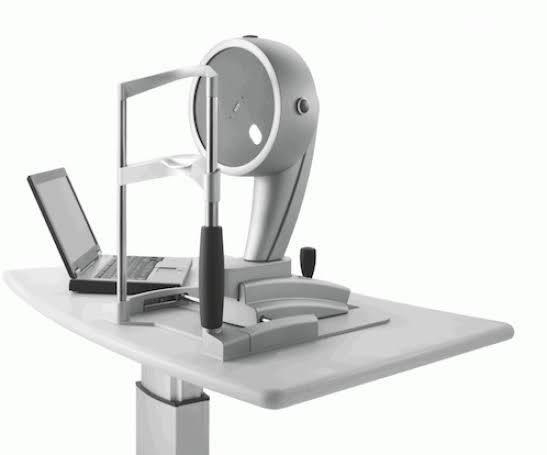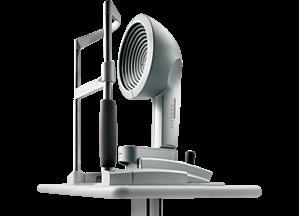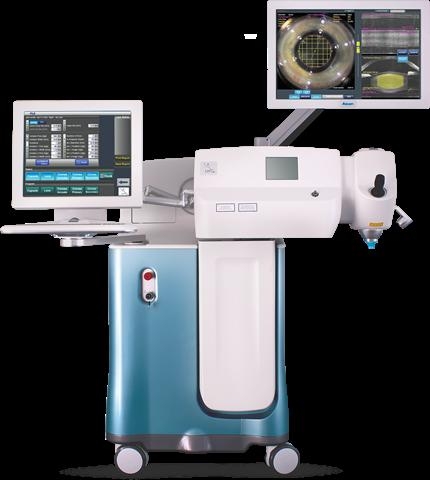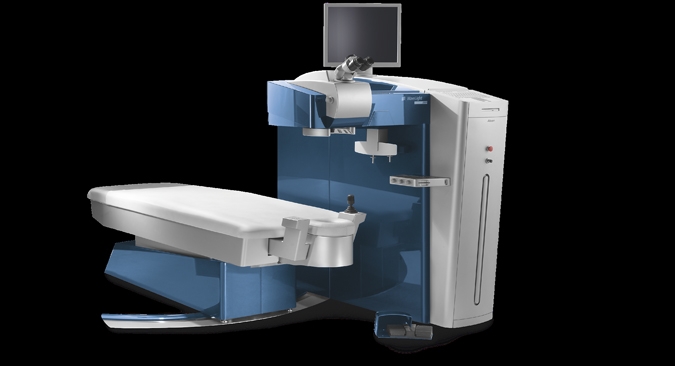LASIK content
LASIK (laser in situ keratomileuses) is a procedure in which a laser is used to reshape your cornea — the clear, round dome at the front of your eye to improve the way your eye focuses light rays onto your retina. To see clearly, the cornea and the lens must bend or refract light rays so that they focus on the retina. The retina converts the light rays into impulses that are sent to the brain, where they are recognized as images. If the light rays don’t focus on the retina, the image you see is blurry. This is called a refractive error . Glasses, contact lenses, and refractive surgery try to reduce these errors by making light rays focus on the retina. Refractive errors are vision problems caused by an eyeball or cornea that is not shaped perfectly. Refractive errors cause light from an object to be not focused on the retina of the eye. This causes a blurred image . Refractive errors usually occur in otherwise healthy eyes.
There are 4 types of refractive errors:
- Nearsightedness (myopia)
- Farsightedness (hyperopia).
- Astigmatism( distorted vision)
- Presbyopia( long sightedness due to the aging of the eye)
LASIK surgery can treat Myopia, Hyperopia, and Astigmatism.
Starting off with the preoperative LASIK evaluation is an extremely important and structured examination to determine if a patient is a good candidate for LASIK surgery. And our team ensures that every step of the procedure is done cautiously with proper attention and care. So Madhav Netralaya has brought two of the most advanced and
accurate technology devices for the investigation and workup for LASIK that are
1. Oculyzer- We use the Wavelight Analyzer II diagnostic device which delivers correct data for eyes with lens opacity, haze along with an integrated eye tracker ensuring precise pupil. It can measure higher order aberrations up to the 6 th order and has an integrated eye tracker for pupil centration.

2. Topolyzer- We use the Wavelight Topolyzer Vario diagnostic device which is an exceptional topography machine. The specialty of this machine is that it provides a complete map of the cornea which gives immediate visibility of the visual defects. The high reproducibility and accuracy of data are incredible. Also, it receives pupil
centration in less than a second. These two high-end types of machinery have been approved by the US FDA . The presence of these highly accurate, precise machinery makes us one of the few eye hospitals in Central India to be equipped with these machines.

Many of the eye hospitals perform LASIK with the Blade procedure whereas we at Madhav Netralaya perform the bladeless surgery . Bladeless LASIK — also called blade-free LASIK,all-laser LASIK, or femto LASIK — Our
LASIK Surgeon uses two types of lasers for the vision correction procedure.
First, an ultra-fast femtosecond laser that is LENSX Laser which is known to create precision and efficiency in refractive surgery is used to create a thin flap in the cornea (the clear front surface of the eye. The femtosecond laser eliminates the need for a bladed surgical tool (called a microkeratome ) to create the corneal flap. No surgical blade of any kind is needed in all-laser LASIK. LENSX Laser is considered greater than another femtosecond laser. It has
an innovative, high definition OCT technology.
Advantages of using LENSX Laser for the patients-
1. More predictable corneal flap thickness
2. Decreased risk of corneal abrasions during surgery
3. Decreased risk of induced astigmatism after LASIK


The LASIK procedure involves the following three steps.
1. Flap creation
2. Reshaping of Cornea with laser
3. Repositioning of the flap.
For the actual LASIK procedure, we use the EX500 Excimer Laser is used to reshape the underlying corneal tissue to correct your vision. The flap is then returned to its original position. EX500 Excimer Laser is a state-of-the-art technology which provides a high level of precision and reliability to the patients and the surgeon. The advantages of using this machinery are the highly precise treatments, less dehydration of the cornea and fewer influences through a patient’s movement. It is a very safe machine as it ensures accurate placement of each laser pulse on the cornea.

We at Madhav Netralaya ensure that we provide our patients with the best and advanced technology for the best treatment. And the presence of high tech machinery and well-experienced team of doctors confirms our best service which makes us the best eye hospital in Nagpur.
LASIK FAQ’s
What is LASIK?
LASIK stands for Laser in-situ keratomileusis, which is the most commonly performed type of laser eye surgery. This procedure is generally safe, effective, and has very few side effects. LASIK is a great option for many individuals considering laser vision correction for a variety of personal and professional reasons. And we are of the very few who perform LASIK surgery in Nagpur.
What Can LASIK Do For Me?
LASIK may not promise perfect vision, however, it is a highly successful procedure that can at the very least reduce a person's dependence on glasses or contact lenses. Lifestyle benefits can be tremendous for active and social people. These benefits can enable people to more freely pursue their hobbies, sports activities or career options.
How long is the recovery time for LASIK surgery?
Recovery time from laser eye surgery varies, but most patients can see significant improvement immediately following the procedure. You’ll need to arrange transportation as you won’t be able to drive until after initial recovery which requires rest from 24 to 48 hours. After that time daily administration of drops is required for several weeks. Full recovery from LASIK surgery (when you can open your eyes underwater) can take at least six months. I have heard of PRK.
What is the difference between PRK and LASIK?
There are two main differences between LASIK and PRK. During LASIK eye surgery, your surgeon creates a flap to access the cornea. PRK does not create a flap; rather the thin layer of your cornea is removed. The second factor is the recovery time. PRK takes a slightly longer recovery time as your eye needs to naturally rebuild the thin layer of your cornea that was removed.
Do I need to use spectacles or contact lenses after LASIK?LASIK is designed to allow you to discontinue the use of corrective lenses. In some patients with high refractive errors and in those over 40 years of age, corrective lenses may still be required. In some patients, however, it may be possible to perform a second refractive procedure
to correct a residual refractive error.
How long will vision correction last?
The distance vision correction is fairly permanent following laser vision correction. However, as with the course of nature, there are some age-related changes that will occur regardless of whether or not you had LASIK surgery.
What Are the Risks Associated with LASIK Surgery? LASIK is a surgical procedure performed on the cornea, the front surface of the eye. It is crucial that patients are well educated on the potential benefits and risks of this procedure. As with any type of surgery, risks are involved. After your pre-operative evaluation, you will have a good idea about the risks and what they imply to your specific situation. It is important to discuss any concerns with your surgeon and weigh the risks and potential benefits. Each patient's vision is different and different treatment options are available in order to give the best possible results. The only way to determine if LASIK is right for you is to come in and discuss your options with us at Madhav Netralaya which is the best eye hospital in Nagpur.